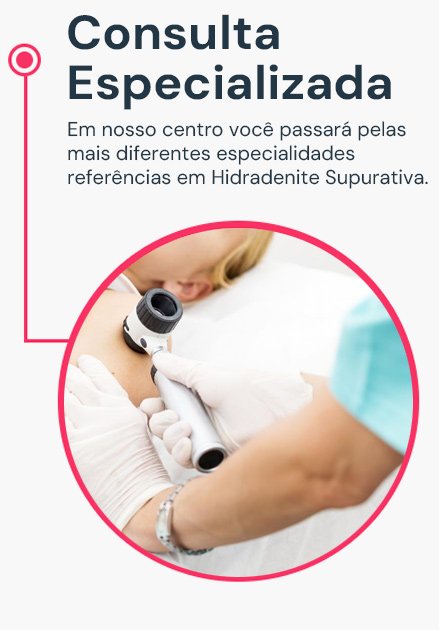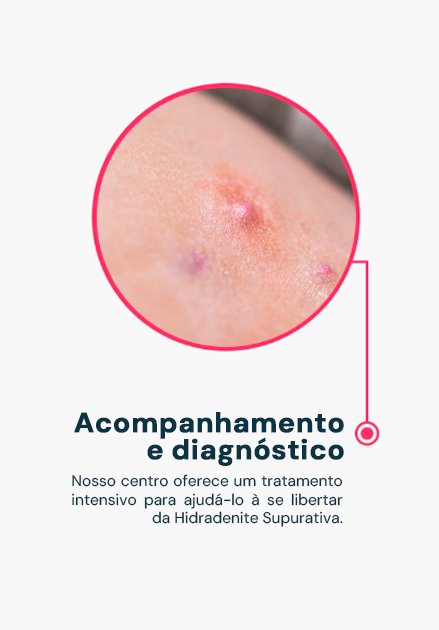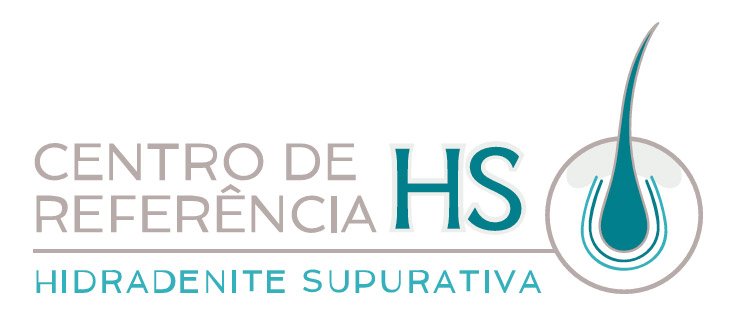Hidradenitis Suppurativa (HS), also known as hidradenitis suppurativa or acne inversa, is a chronic inflammatory disease described since the 19th century but which has recently attracted the attention of many doctors and researchers seeking to understand the causes of this condition.
What is Hidradenitis Suppurativa?
HS is a chronic inflammatory condition with genetic and immunological predisposition characterized by inflammatory subcutaneous nodules and abscesses that are often misdiagnosed as boils or recurrent folliculitis. The disease can appear in any region of the body, being more common in places such as the armpits, groin, buttocks, buttocks or under the breasts.
It is a progressive disease that, if not treated in a timely manner, the lesions can develop into sinus tracts, fistulas and permanent scars.
HS is on the list of dermatological diseases with the worst quality of life, comparable to patients with cancer or serious cardiovascular diseases.
Symptoms of Hidradenitis Suppurativa
Hidradenitis suppurativa (HS) is a chronic inflammatory skin disease characterized by painful, deep lesions such as nodules, abscesses, and drainage tunnels that occur mainly in intertriginous areas such as the axillae, inguinal, genitoanal, and inframammary regions.[1][2][3][4][5] Typical symptoms include pain, pruritus, unpleasant odor, and suppuration, which can have a significant impact on the quality of life of patients.[6][7]
HS usually develops after puberty and has a predilection for women of childbearing age.[8][9] The disease can progress to the formation of sinus tracts and fibrous scarring, leading to long-term complications.[4][5] In addition, HS is often associated with systemic comorbidities, such as metabolic syndrome, inflammatory arthritis, and inflammatory bowel disease, due to systemic inflammation.[2][3]
The diagnosis of HS is clinical and is based on the identification of typical lesions, recurrence, and location in intertriginous areas.[1][4] Management of HS may include drug therapies, such as antibiotics and immunomodulators, as well as surgical interventions, depending on the severity of the disease.[2][4][6]
Causes of Hidradenitis Suppurativa
The exact cause of HS is unknown, but we know that there is an obstruction of the follicular unit, that is, the hair. There is a complex interaction between genetic, immunological and environmental factors that trigger the condition. The skin microbiota in these patients is also altered. In addition, risk factors such as smoking, obesity and stress can contribute to inflammation.
Treatments for Hidradenitis Suppurativa
Although there is no cure for this condition, treatment can help control HS and prevent complications. Treatment options include topical, oral, and injectable medications that will depend on the extent and severity of each case. Surgery is indicated in selected cases, and controlling risk factors such as weight, emotional stress, and smoking with a multidisciplinary team is essential to achieving the expected results.
The Importance of a Multidisciplinary Team
Regular follow-up with a multidisciplinary support group is of fundamental importance in the treatment of HS. The cooperation of surgeons, clinicians, psychologists, nutritionists, radiologists, dermatologists and specialized wound management staff is essential for the comprehensive care of the patient.
At the Hidradenitis Center, we think about every detail to bring the best results in just 6 months of follow-up. Our mission is to bring your life back and not let HS dominate you.
We hope this information is helpful to you. Remember, if you or someone you know is suffering from HS, it is important to seek medical help for proper diagnosis and treatment.




